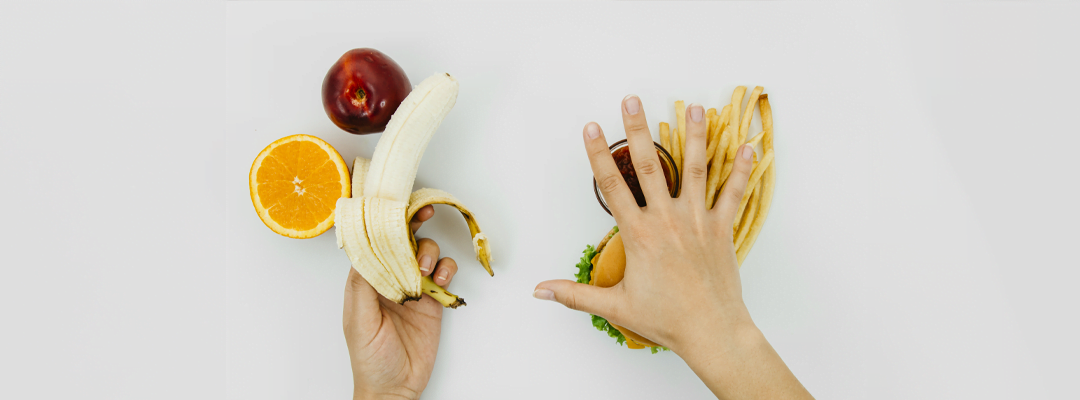YUMMY VALLEY’S SALE 🎁
Free Millet Mojo Snack With Millet Muesli & Porridge Mixes
COD Available for Orders Above ₹299
- Your cart is empty
- Continue Shopping
Infant and Toddler Nutrition: Year One to Two
- Published on:
- Last update: 09 October 2023
- This post has just been created. Stay tuned for updates and additional content.

Children of this age are gradually adopting a diet more similar to your own. Don’t stop trying new things with the taste and feel. Tastes are formed at a young age, so it’s important to introduce your child to a variety of nutritious meals early on.
Table of Contents
ToggleThe toddler stomach is small, so fill it with meals rich in the nutrients it needs to develop normally and robustly. Stay away from sugary foods and fast food. Soda, juice drinks, sports drinks, and flavoured milks are all loaded with sugar and should be avoided while feeding your child. Always serve liquids in a cup, never a bottle.
Between the ages of 15 and 18 months, your child will continue to experiment with feeding herself, initially with their fingers and then with utensils. Allow your youngster plenty of practice opportunities, but be there to help when difficulties emerge. As your child becomes older and more capable, you may give them more independence.
A toddler’s table is a great spot to let him or her feel in charge for the first time. Give your kid options from all the food categories and let them control how much and what they eat.
Importance Of Milk Consumption In Toddlers
Milk is essential for a toddler’s diet because it contains calcium and vitamin D, both of which are necessary for healthy bone development. Full-fat milk is fine for infants and toddlers. Your doctor may suggest switching to low-fat milk if your child is overweight or if there is a history of obesity, high cholesterol, or cardiovascular disease in your family.
Children at this age do not require the higher sugar content of toddler milk or formulas. Cow’s milk or a fortified soy drink, in addition to a wide variety of solid meals, can provide adequate nourishment for toddlers. You can give your child low-fat or nonfat milk once they turn 2.
You should make the switch to a cup somewhere between 12 and 18 months. Dropping bottle feedings gradually, beginning with lunchtime, is preferable to abruptly terminating them. Serve a cup of whole milk once your youngster has started eating.
What Role Does Iron Play In Toddlers?
Red blood cells, which transport oxygen across the body, are made of iron. Anaemia, impaired cognitive function, and behavioural issues have all been linked to insufficient iron intake.
It’s possible that toddlers won’t get enough iron beyond the age of 12 months, when they transition from iron-fortified formula to regular milk.
For the sake of avoiding iron deficiency:
- Reduce your kid’s milk consumption.
- Make sure your kid is getting enough iron by feeding them things like meat, chicken, fish, beans, and iron-fortified meals.
- Keep giving your child iron-fortified cereal until he or she is eating a balanced diet that includes plenty of foods high in iron.
What Foods Should We Make Toddlers Stay Away From?
Provide your youngster with a wide range of nutritious options. Be aware of their body’s reaction to new meals.
Twelve to twenty-four month old toddlers should stay away from:
- Comprising sugar-sweetened and diet beverages, meals with added sugars and no-calorie sweeteners.
- Very salty meals.
- Raw milk, juice, yoghurt, and cheese.
- Choking hazards such as raw vegetables, grapes, hard cheese, popcorn kernels, and nuts.
Always keep an eye on your kid while they’re snacking. Be sure your youngster is sitting upright in a high chair or other secure location.
What Is the Appropriate Amount of Food for Your Toddler?
Plan your child’s day around three balanced meals and two or three nutritious snacks. However, you should plan for your child to occasionally eat less or miss meals. Although it may be difficult for some parents, children should be encouraged to listen to their bodies and respond accordingly to hunger and fullness. Toddlers who have had enough to eat may try to hide their plates, cover their lips, turn their heads away from the food, make hand gestures, or make noises to express their displeasure. If a kid isn’t hungry, don’t force food down his throat.




